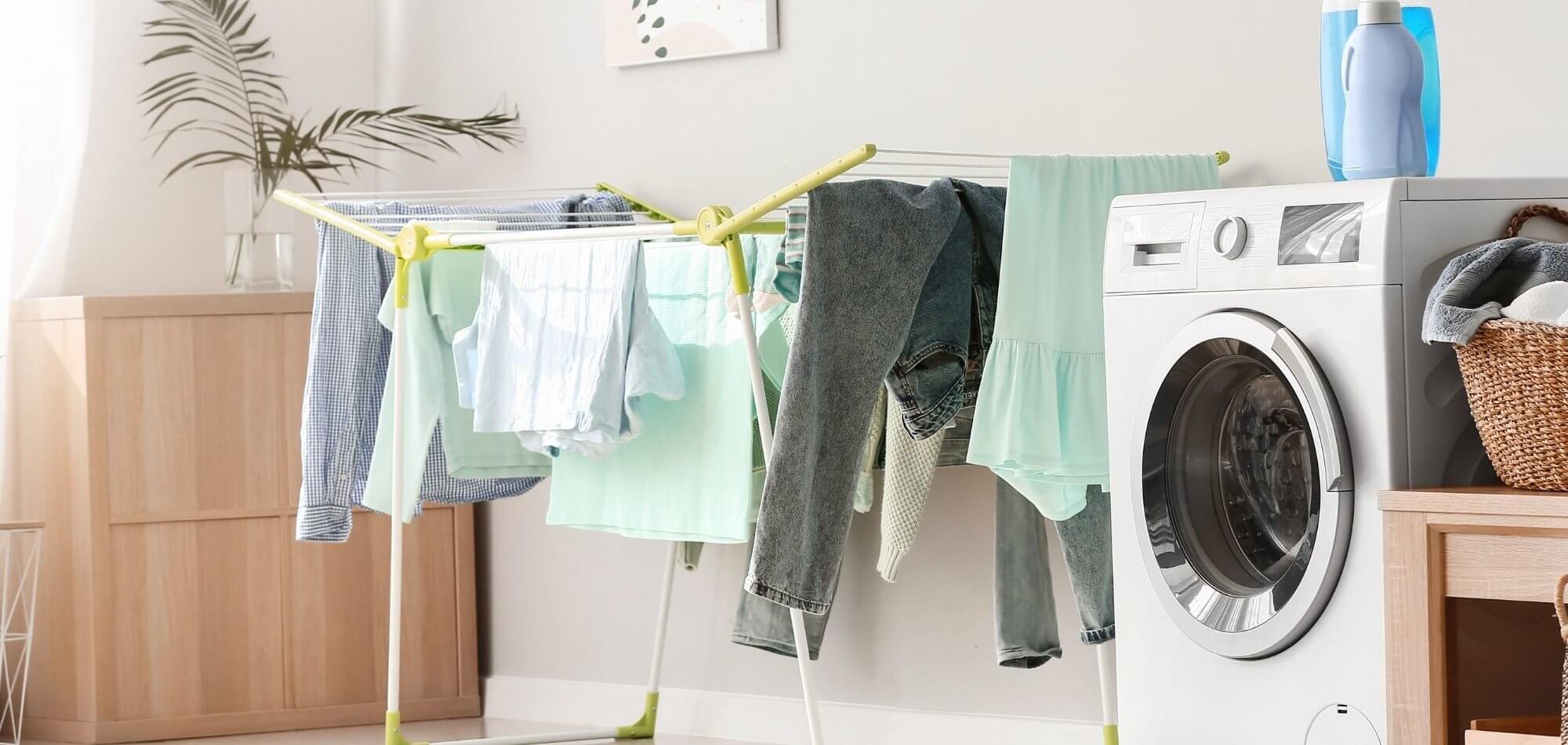Debt can wreak havoc on your ability to achieve your financial goals. That’s why it’s critical to pay off debt quickly so you can get your finances—and life—back on track. While it may feel impossible to get out of debt, consolidation can help you chip away at the burden. Here are five ways to do it.
1. Tap Into Your Largest Asset
As a homeowner, you can access your equity through a HELOC, home equity loan, cash-out refinance, or home equity investment and pay off your debts in full. A home equity investment, like Hometap provides, allows you to get cash to pay for what’s most important to you without the hassle of monthly payments or interest.
The option that will make the most sense for you depends on your debt and financial goals. Compare your options using our guide to find the best one for you.
Take our 5-minute fit quiz to get started.
2. Use a Balance Transfer Credit Card
Depending on the amount of debt you have, you may be able to transfer it all to one credit card. If you transfer it to a credit card with a 0% interest promotional period, you can avoid paying interest. You’d then have only one monthly payment while eliminating the high interest your other cards carried.
However, you’ll still need to qualify for these cards, which may require a good credit score. Plus, if you can’t pay off the debt by the end of the promotional period, you may end up paying more through higher interest. You’ll need to stick to a disciplined payment schedule if you want to avoid additional debt.
3. Take Out a Personal Loan
If you can secure a personal loan with a lower interest rate than the rate on your current debts, it may make sense to take out a loan.
Personal loans don’t require collateral. That means they don’t require you to back the loan with assets like your house or car in case of nonpayment. You’ll still need a good credit score, however, especially if you’re hoping for a low-interest rate.
4. Consider Debt Settlement
Debt settlement isn’t so much debt consolidation as it is payment consolidation. With debt settlement, a firm negotiates with your creditor(s) to lower the total amount of debt you owe. You then make one monthly payment to a settlement firm.
While that may sound ideal, you’ll want to look into the details. The process can take months, you’ll be racking up interest, in the meantime, and the firm will charge a fee. You may even have to pay taxes on the forgiven debt, and your credit score can be affected for seven years.
5. Borrow From Retirement
Consider this option with caution: If you have a retirement plan you may be able to take out a 401(k) loan. You’ll need to determine if your specific plan allows this and its terms. If you pay the loan back on time (usually five years), the cost to you is relatively low. The interest you pay on the loan actually goes back into your own account. You can also repay the loan without prepayment penalties and many plans may allow you to take payments out of your paycheck.
Over 50 and have $0 for retirement? Here’s your roadmap to get on track >>
But if you don’t pay your loan back on time, you’ll likely have some serious setbacks. At this point, it’s considered an early withdrawal, which means you’ll face a penalty and income tax. You’ll also want to consider your job status. If you leave your job, you’ll have to pay the loan back within 60 days.
Take our 5-minute quiz to see if a home equity investment is a good fit for your debt consolidation goals.
DISCLAIMER
The opinions expressed in this post are for informational purposes only. To determine the best financing for your personal circumstances and goals, consult with a licensed advisor.








